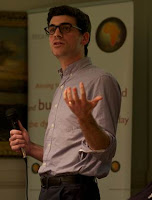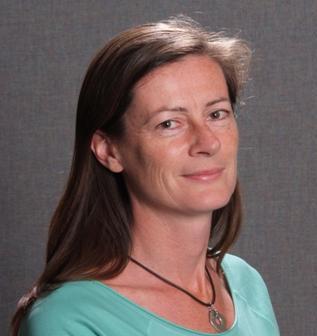Bristol needs to get more people cycling and walking in the next decade to meet its net-zero carbon emissions target
Bristol has committed to an ambitious goal of being carbon neutral by 2030. This will require an 88% reduction in emissions from the transport sector in the next decade. While other sectors, such as energy and waste, have decarbonised significantly in recent years, emissions from transport have been stubborn to change. Transport, therefore, represents one of the greatest challenges for Bristol meeting its 2030 ambitions.
The challenge of reaching this target has been compounded by uncertainty around what a carbon neutral transport sector would look like. We know intuitively that car journeys need to be replaced by public transport, walking, and cycling. However, a lack of certainty about the scale and nature of the shift required makes it difficult to establish a roadmap for transitioning to a sustainable transport system. In 2019, the Sustainable Transport Network (STN), a group of transport organisations in Bristol, proposed targets for modal share — i.e. the share of journeys by car, bus and active travel — to reach the net zero target. But these targets lacked a solid evidence base. Our report, released today and available on the Cabot Institute website addresses this evidence gap.
We produced this report as part of our MSc programme in Environmental Policy and Management with support from STN members. Building on previous research by the Centre for Sustainable Energy, we modeled the modal share needed to reach net zero by 2030, assuming that 100% of buses and nearly all cars are Ultra Low Emission Vehicles (ULEV) by then. It was a challenging task due to the absence of the exact data needed to do this with confidence, but we drew on multiple data sources to generate our estimates.
We found that journeys made by car currently dominate travel, with an estimated 51% of all journeys each year. Walking and cycling account for roughly 30% of journeys, and the remainder by public transport (where the majority is by bus). Our modelling shows that substantial changes are required over the next decade. To achieve the emissions reductions needed to reach the net zero target, we’ll likely need to increase the share of journeys by walking and cycling to 55%, increase the share of bus and train journeys to 25% and decrease the share of car journeys to 20%.
How can we get there?
The greatest required increase is in the number of people cycling and walking in Bristol. The Sustrans 2019 Bike Life report demonstrates that a majority of Bristol residents support movements to create safer and more spacious streets.This will require the introduction of low-traffic neighbourhoods, extensive pedestrianisation, and bicycle lanes that are wide and free from cars. TravelWest reports that 40% of commuting journeys are under 2km, a distance that could be walked or cycled in less than half an hour with the necessary, safe and connected infrastructure.
The modal share targets we have proposed are ambitious, but evidence from other cities around the world suggests that they are also achievable. Drawing on this evidence, and our research into current plans and initiatives in Bristol, we recommend the following:
- Expand efforts to encourage uptake of electric cars, such as subsidies and electric car sharing schemes.
- Accelerate implementation of initiatives that discourage journeys by car and increase the safety and appeal of alternatives, such as the Clean Air Zone, the pedestrianisation of the Old City, and piloting low traffic neighbourhoods.
- Ensure successful implementation of the Bus Deal. Extensive bus prioritisation measures are essential to deliver the frequent, reliable, and fast relative to driving. Development of more park and ride facilities aiding this further.
It is possible to achieve net zero in the transport sector in Bristol, but it will require aiming for more ambitious targets than previously proposed. Our research suggests that greater coordination between authorities and organisations is also needed to ensure that ambitious strategies are effectively and quickly implemented – particularly in the domain of active transport. While more research is clearly needed — including more comprehensive local data on transport behaviour to monitor progress — the evidence available suggests we need to act quickly and decisively to decarbonise our transport system.
Download the full report.
———————————
This blog is written by postgraduate students from the Environmental Policy and Management MSc at the University of Bristol, including Eveline Hall, Miriam Castillo Orozco, Anna Collingridge, Clare Watson and Alex Swan.

























